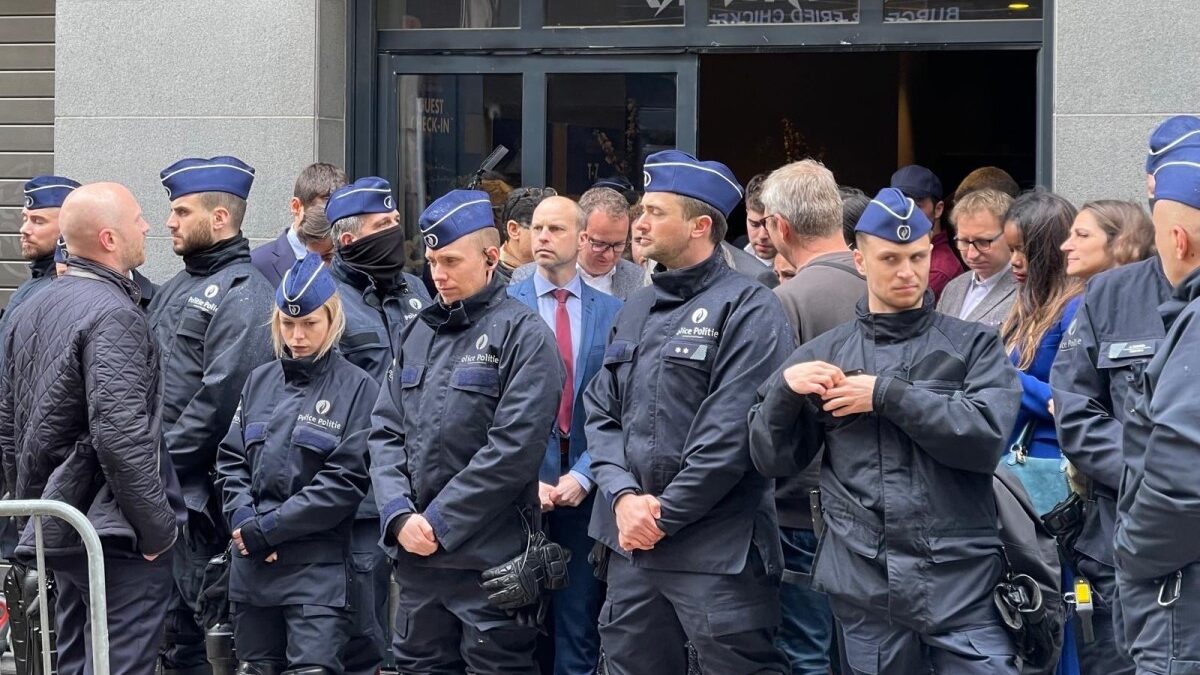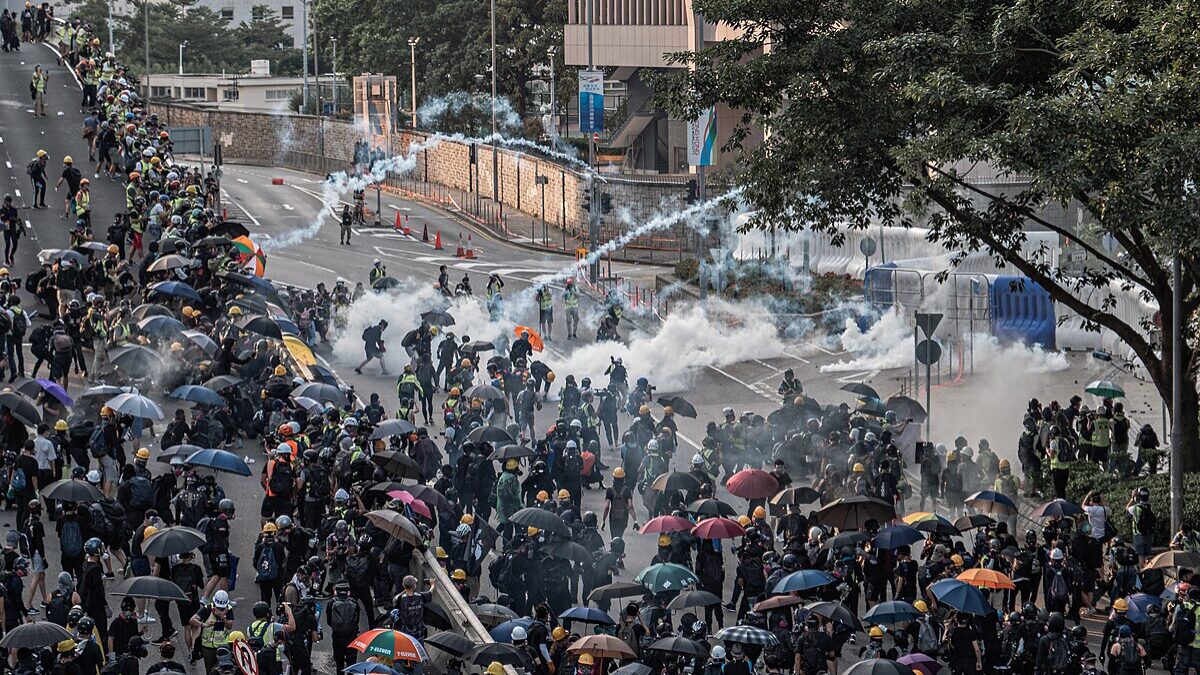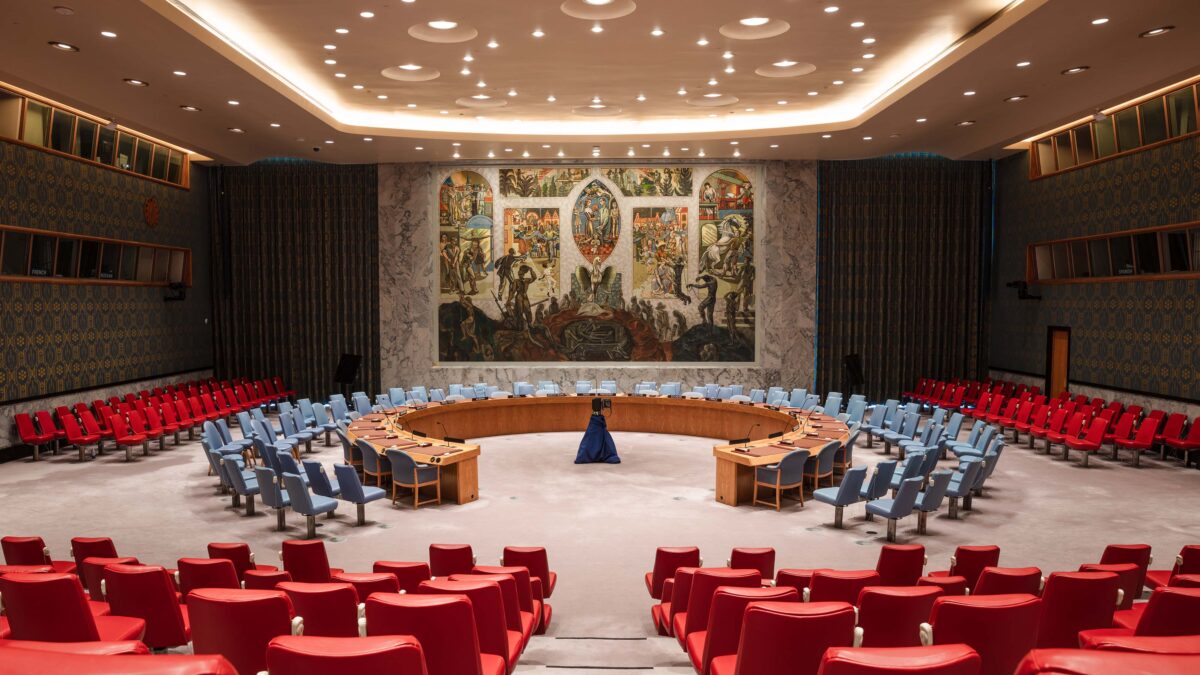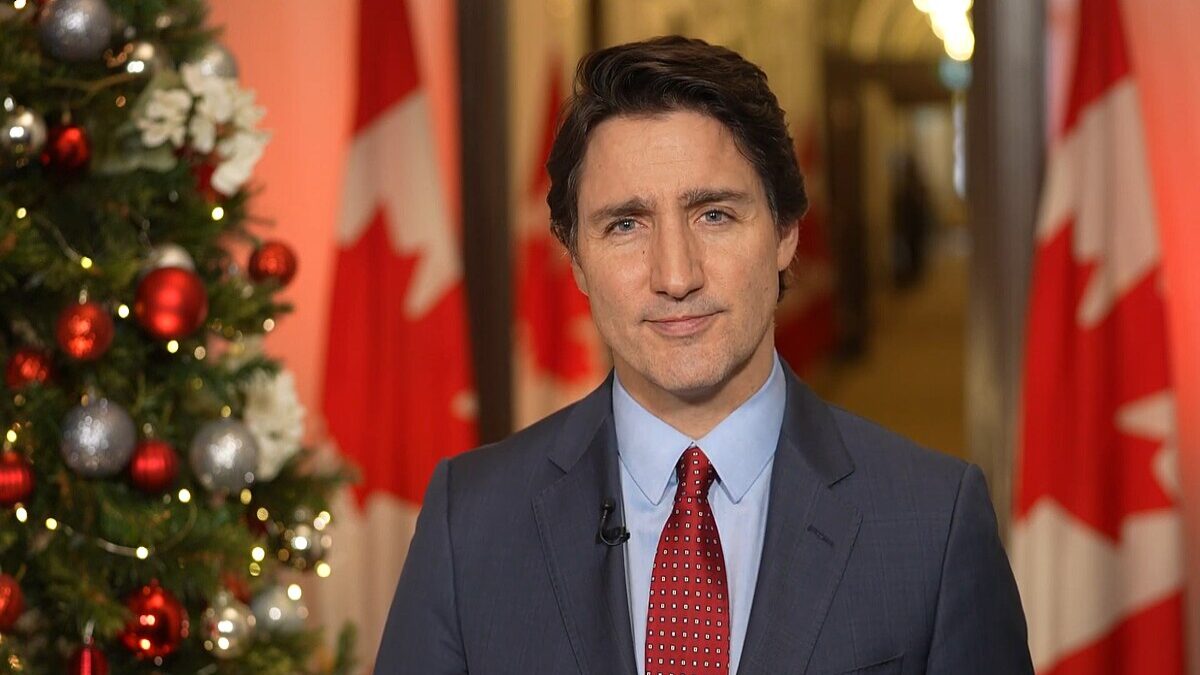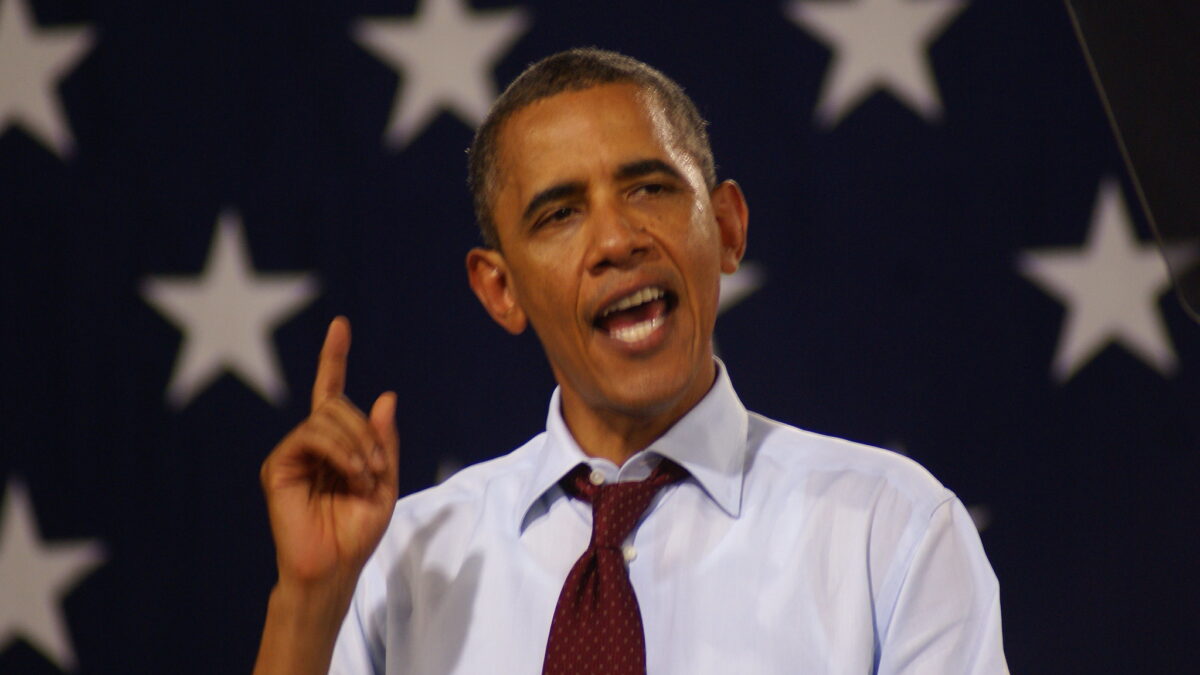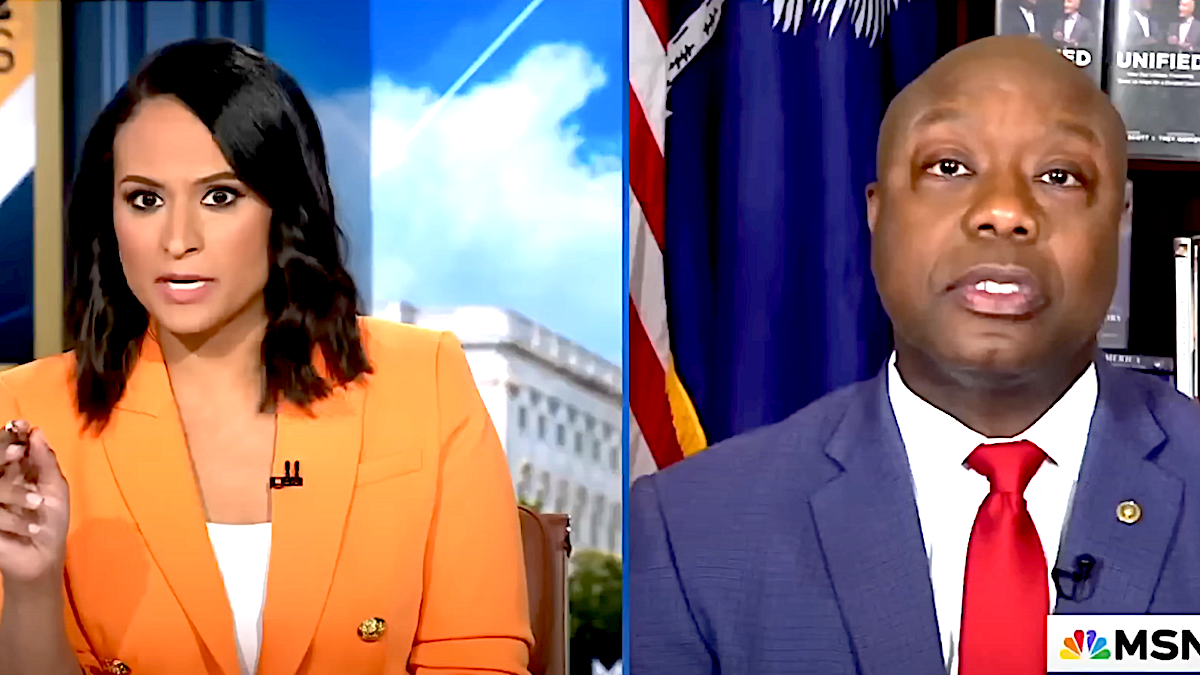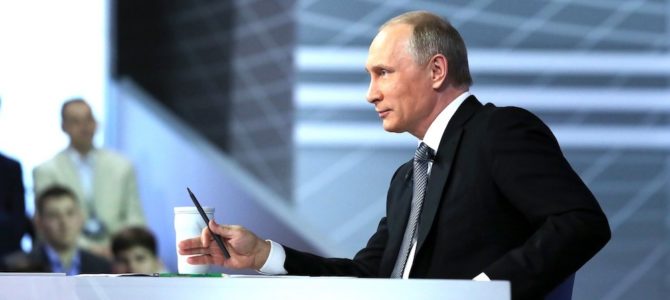
While all eyes have been on the investigation into Russian meddling in the 2016 presidential election and the ongoing conflict in Syria, where Russia recently warned it will track and target any U.S. or coalition aircraft flying west of the Euphrates River, Russia continues its escalation in eastern Europe. After all, it is in eastern Europe, not the Middle East, where Moscow is determined to reclaim its sphere of influence, and, in the case of Crimea, move borders. But as it does so, the U.S. reaction is split between a distracted president and a concerned administration.
On Tuesday, Ukraine’s president Petro Poroshenko visited Washington DC, amid confusion about whether or not he would be meeting with President Donald Trump. His visit was officially being hosted by Vice President Mike Pence, but Trump was reportedly hesitant about meeting with Poroshenko himself. In the end, the White House opted for a brief “drop-in” to see Trump and national security adviser H.R. McMaster.
Trump’s reluctance to host an official visit with the Ukrainian president is a sign that he’s avoiding taking a firm stance on the war in eastern Ukraine and the annexation of the Crimean Peninsula by the Russians in 2014. It’s troubling that the president isn’t taking a more forceful line on the issue, but not altogether surprising. Trump was fairly open during his campaign that he wanted to see more engagement with Russia, something against which both Republicans and Democrats rightly balked.
There’s Still A War Going On In Ukraine
Recall that there is still a war going on in Ukraine. This week, the New York Times turned the spotlight on this little-noticed conflict:
“All told, the conflict has displaced between two million and three and a half million people. According to the United Nations High Commissioner for Refugees, at least 1.6 million Ukrainians moved west toward Ukraine’s capital, Kiev as a result of the fighting. Russia says that 2.6 million Ukrainians moved east. In its report ending March 12, the refugee agency also estimated that from mid-April 2014 to mid-March 2017, at least 9,940 people have been killed and 23,455 wounded.”
There are signs, too, that Russia could be looking to reinvigorate what it calls a natural uprising of Russian-speaking Ukrainians. The Atlantic Council reported in March that Russia appears to be positioning itself for a large-scale military operation against Ukraine:
On March 8, Moscow announced that the Russian Navy would prioritize ships capable of carrying troops that can perform amphibious operations, which could easily be used against Ukraine, the Balkans, the Caucasus, or in the Middle East. On the weekend of March 24, observers recorded dozens of tanks deploying at Pokrovskoye in the southern Rostov-On-the Don region near Ukraine. At the same time, Russia deployed airborne forces (VDV) to Belarus, making it impossible for Ukraine to reroute forces from its north to its threatened southern frontier around Mariupol. And those VDV forces also clearly threaten an invasion of Belarus.
Even if Trump isn’t convinced of the obvious threat Russia poses to Ukraine, the rest of the administration is pretty clearly siding with Ukraine, as it should be. Poroshenko was reportedly given a warm reception at the Pentagon. More importantly, the same day as Poroshenko’s visit, the Treasury Department announced the addition of 38 people and entities to its sanctions list, including two Russian government officials, and said that these sanctions would not be lifted until Russia leaves Crimea.
Trump’s Administration Can’t Give Russia a Pass
Moscow is of course very displeased with these new sanctions. On Wednesday, Russia’s deputy foreign minister Sergey Ryabkov said that he has cancelled a planned meeting with the U.S. undersecretary of state, citing the sanctions. Ryabkov said, “the situation is not conducive to holding a round of this dialogue.” The meeting was scheduled for Friday.
The Treasury’s announcement comes in addition to the Senate passage of a bill last week that would tighten sanctions against Russia while also restricting the extent to which the president can lift those sanctions. This move was seen as a reaction against Trump seeking ways to lift sanctions on Russia when he first arrived at the White House, although the bill could get stuck in the House.
The Senate’s nearly unanimous vote allays some concerns that a Trump presidency would mean giving Russia a pass for all its meddling both here in the U.S. and throughout the Baltic states, the Balkans, and Ukraine. It shows that even if Trump wants to be soft on Russia, he’ll have a hard time doing so with a Congress that appears to have bipartisan consensus on how to handle a revanchist Moscow.
Ukraine Is Just Part Of Russia’s Belligerence
But Ukraine is just part of the picture. The situation in the Baltic states—Lithuania, Estonia, and Latvia—continues to escalate. Last week, NATO announced that it would deploy four multinational battalions to the three Baltic states, plus Poland, in order to send a signal to the Kremlin that it is prepared to defend alliance members. Over the weekend, the U.S. participated in the largest NATO drill in Poland since the end of the Cold War, and the first of its size on the border region between Poland and Lithuania, a weak spot if Russia ever decided to cut off the Baltic states from the rest of Europe.
But NATO’s war games, in which about 1,500 troops participated, are nothing compared to the war games Russia has planned for September. Russia’s drill, codename “Zapad” (west), which it conducts every year although never on this scale, could involve as many 100,000 troops and will take place in Russia and Belarus.
Russia has also taken to repeatedly “buzzing” U.S. plans in the Baltics. On Monday, a Russian fighter jet came within five feet of a U.S. reconnaissance plane over the Baltic sea. The military said this incident was particularly noteworthy because of the “unsafe” manner of the flight, which it described as “provocative” and “erratic.” On Wednesday, a NATO military plane buzzed a plane carrying Russia’s defense minister. NATO claims it has begun monitoring flights in the area due to “an unusually large number of Russian military aircraft flying over the Baltic Sea” lately.
Congress and the Treasury Department can and should continue to push for sanctions against Russia for its ongoing provocations in eastern Europe. But as things continue to escalate toward a tipping point, the Trump administration will need to decide on a policy for how to react in the case of another blatant act of Russian aggression along the lines of the annexation of Crimea. That will require putting D.C. manpower behind policy planning. It could also be helped by the media looking up from the ongoing Russian election probe and the Syrian civil war long enough to see that Moscow is busily—and happily—pursuing a much more important strategy in eastern Europe.


